Independent magazines of the USA
The last few weeks here in the UK have been dogged by Brexit and its political fallout, and there’s no sign of sanity returning any time soon. So while we continue to shake our heads in disbelief at the whole sorry show on this side of the Atlantic, we’re taking this opportunity for a quick tour of a country that enjoys a more positive brand of independence.
There are some fantastic magazines coming out of the USA at the moment, and we wanted to get a glimpse of what their various independent publishing worlds look like in the cities and towns across the country. What follows is necessarily a very limited selection of the magazines being published in the USA, but we hope it helps shine a light on some of the different scenes and cultures producing today’s independent American print.
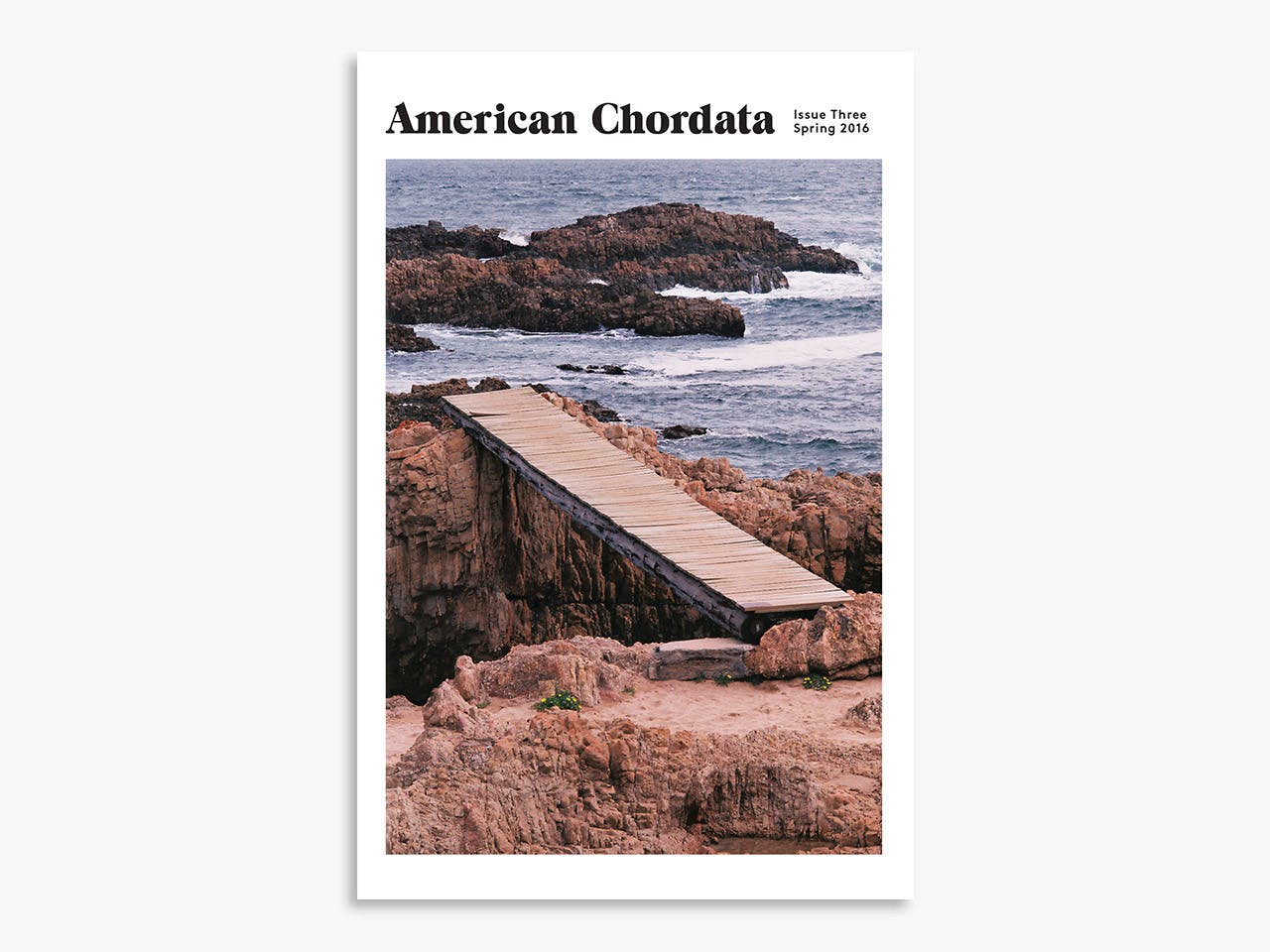
American Chordata (New York)
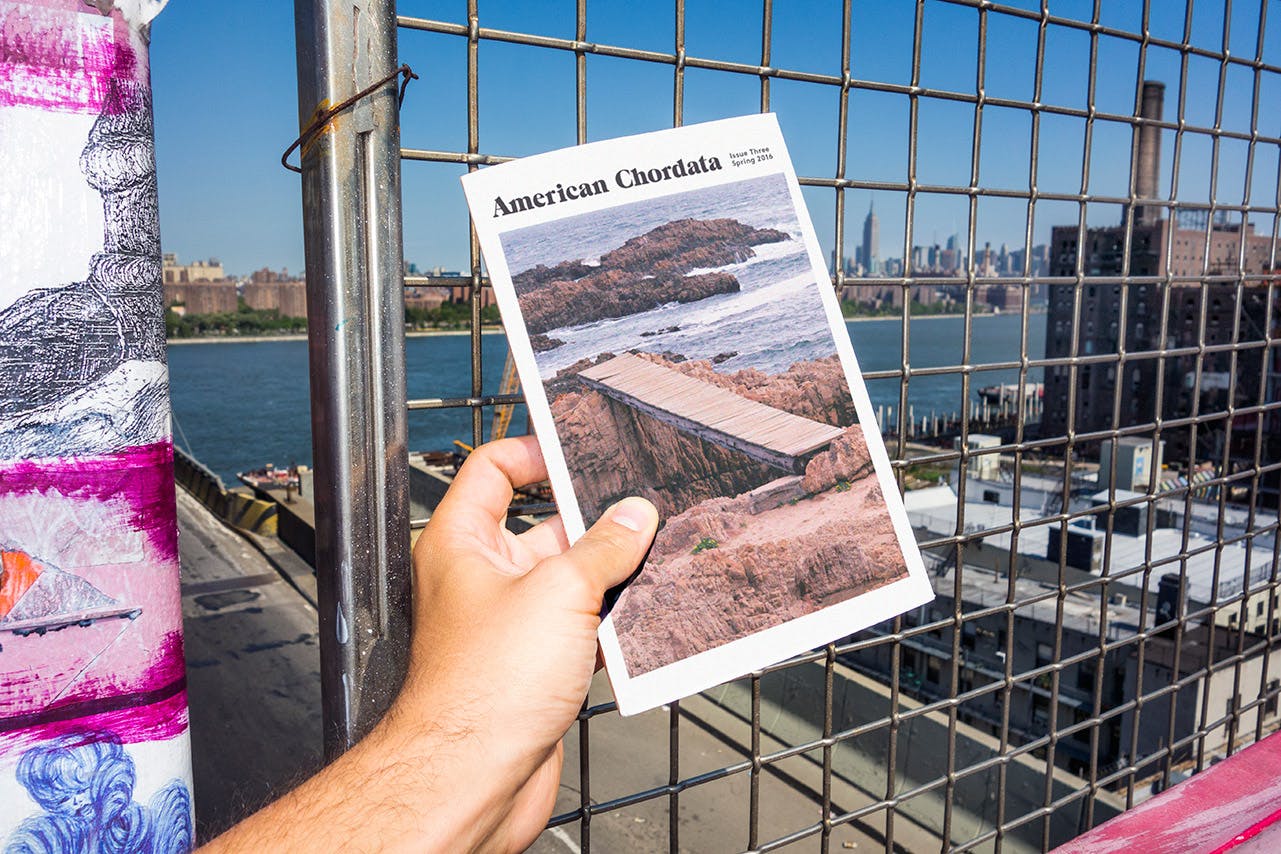
Forgive us, Brooklyn, for choosing the Manhattan skyline as our “archetypal Brooklyn thing,” but you can’t see it from Manhattan! Bobby Doherty took this photo on the bike ride to his studio this morning.
Why are you based in New York?
We live here! Mostly. We all lived here at first, but now Zach’s in Philly and Matthew’s in Seattle. Justin technically lives in New Jersey. Alice moved to Scotland for the summer. We make it work.
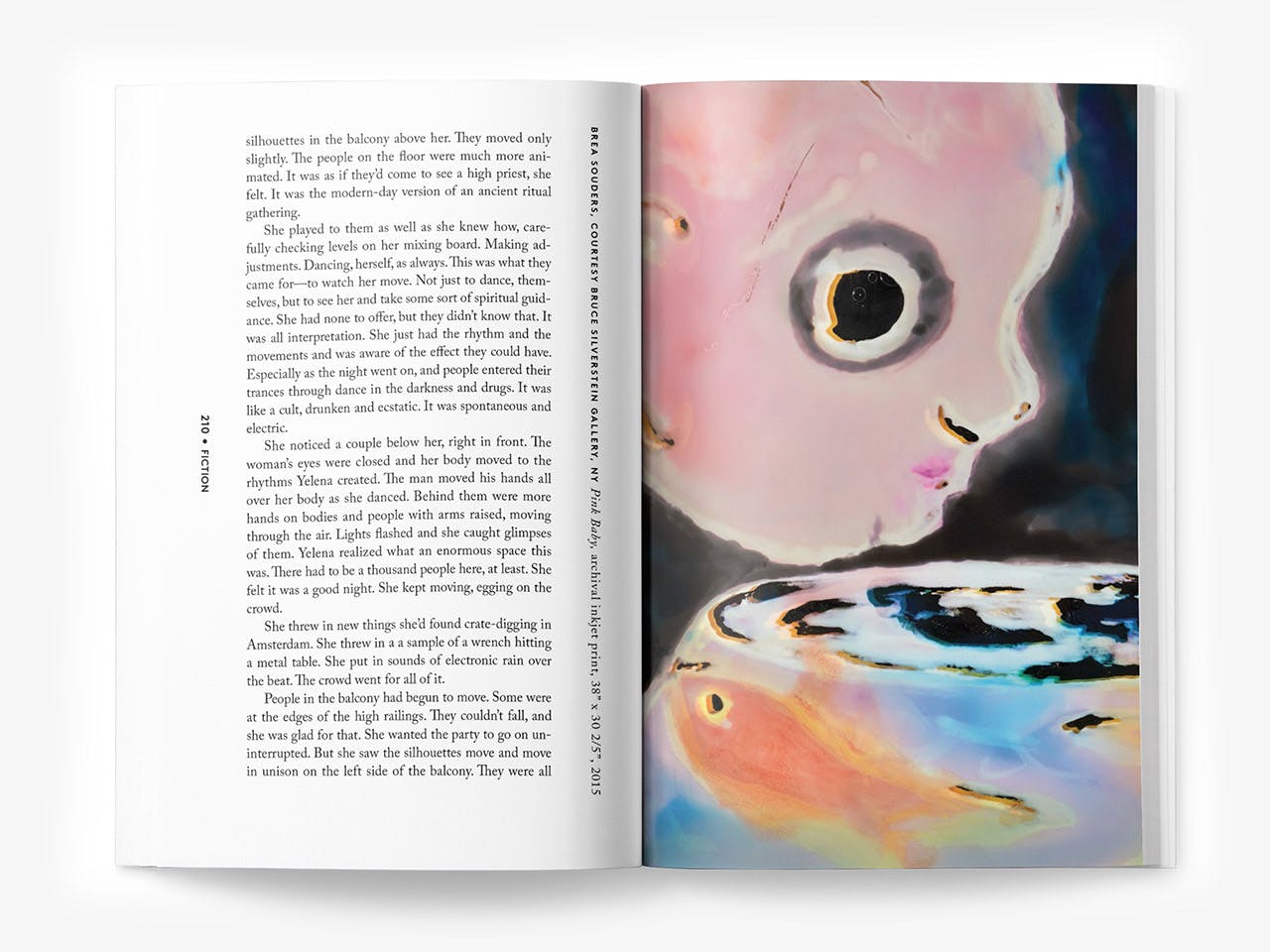
What’s the magazine scene like in New York?
Zines and artbooks thrive here in a big way – the DIY photocopy-and-staple kind of zines, and publication-as-art-object artbooks. There’s some insanely cool work coming out in both of those modes, and there’s a real culture around them.
My impression is that whereas in London, for example, there seems to be this whole vibrant culture around specifically independent magazines, I feel like New York’s equivalent is still in kind of an in-between place. Here indie mags are included in the periphery of a bunch of scenes – fashion culture, zine culture, the art book culture led by places like Printed Matter, the design culture around organisations like AIGA, and in American Chordata’s case the literary magazine scene, which is a whole other vast thing – but they’re not really centre-stage in any of them. I’m not complaining, though. It’s nice to be able to move around like that, and be the scrappy little sister of so many cool older kids.
I got in trouble on a panel last year for suggesting that cities like London, Berlin, Melbourne and Paris might have a bigger or better-established indie mag culture than New York’s. Rightfully admonished. But I didn’t mean that there aren’t many, many incredible independent magazines being made here in New York, because there are. All I meant was, like, where is the Stack of New York? The magCulture? The ‘Do You Read Me?!’? Organisations and institutions formed explicitly to serve a distinct independent magazine culture. The great news is that it’s 2016 and the internet makes all of this local stuff matter a lot less.

What are some pros and cons of running a magazine from New York?
Pros: The pros abound. Some of them are existential, meaning I don’t think we’d exist if not for New York. I’ve known Zach and Bekah since college, but everyone else who works on the magazine – the people who make it possible to work at the level we try to work at – I’ve met in New York.
It’s a creative centre full of first-class talents. A big publishing epicentre. A design epicentre. An arts epicentre. We’re on-call for local opportunities. We get to meet and swap ideas with our heroes. Even if they don’t live here, a lot of people in creative industries come through New York pretty regularly. There are so many pros. Praise be to NYC.
Cons: I love it here, but the cost of living is high. You can go broke in a half hour if you aren’t careful. It would be totally unfeasible to, like, rent an actual office space for the magazine (also unnecessary). I suppose there’s a risk our voice could be drowned out by all the other pretty voices around us, but we don’t really think that way. So far we’ve been lucky, and New York has been lucky for us.
Ben Yarling, editor
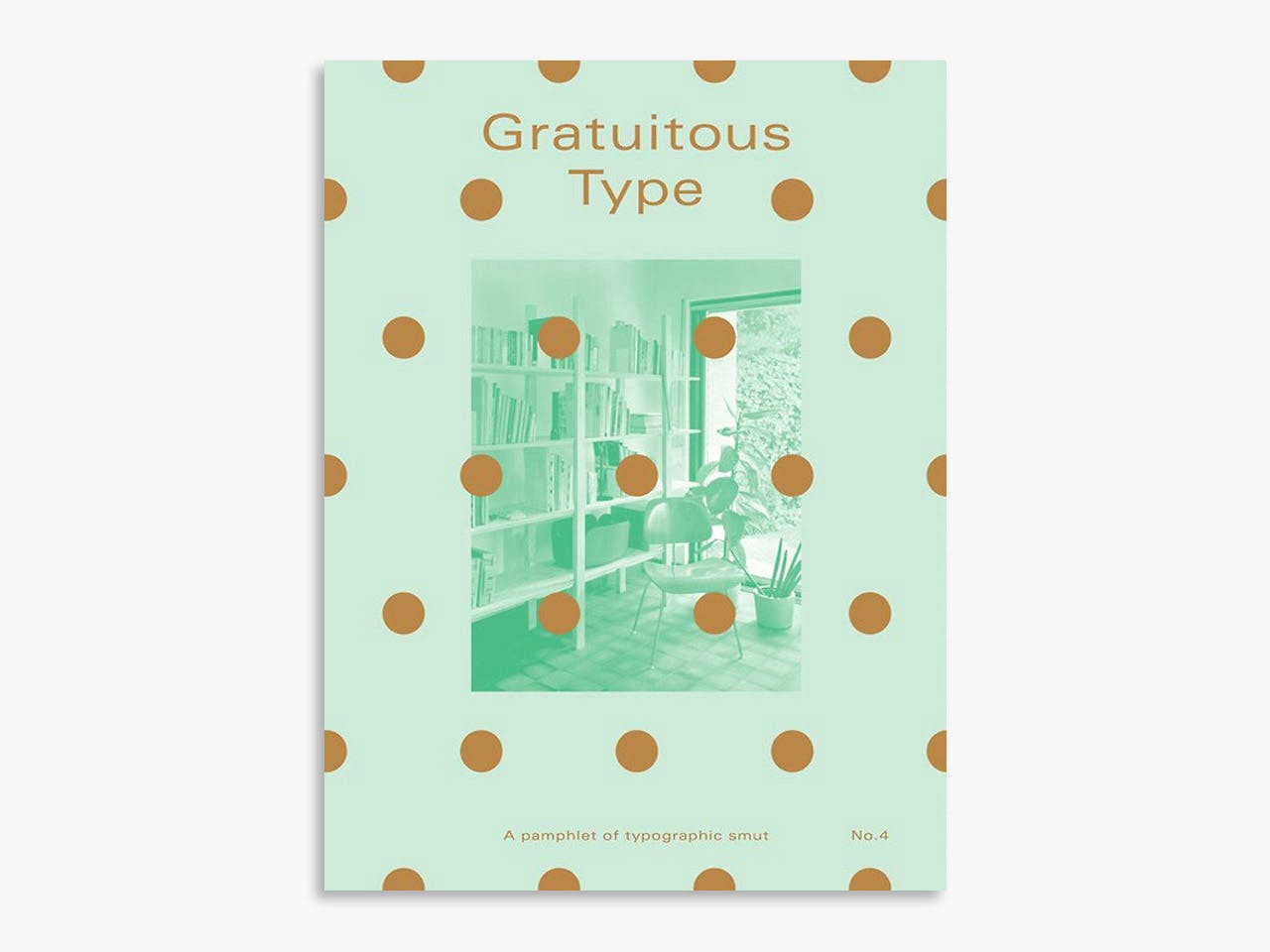
Gratuitous Type (New York / Pittsburgh)

This is a Primanti Brothers sandwich. Pittsburgh’s main culinary contribution to the world is putting french fries right on their sandwiches and that started with this place.
Why are you based between Pittsburgh and Brooklyn?
The magazine is wherever I am. I started out in Brooklyn and moved to Pittsburgh part-time in 2014 with my partner who’s from the area. I spend most of my time in Pittsburgh, but keep a studio in Brooklyn. I still consider GT to be Brooklyn-based, although much of the work is done elsewhere.

What’s the magazine scene like in Brooklyn compared to Pittsburgh?
In Brooklyn there’s a great community of publishers. There’s activity in Pittsburgh, too, but it’s certainly a quieter scene. What we really lack here is a great newsstand!
What are some pros and cons of running a magazine between Pittsburgh and Brooklyn?
Brooklyn’s pros are Pittsburgh cons, and vice versa, I think. In Brooklyn, there is so much going on – there a competitive atmosphere that is inspiring, but it can also be tiresome. Pittsburgh is a little more welcoming, and its creative community is strong, but quite small. Pittsburgh is a relatively quiet city, which I like – it’s nice to have a bit of peace to focus. I also like making work in a place where people don’t live and die by what happens in the creative world. It helps keep things in perspective. On the flip side, it’s fun to totally jump back into that world when I’m in Brooklyn.

The useful thing about being in New York is that so many people pass through, so it tends to offer the opportunity to meet not just people who live there, but individuals from all over who come into town for one reason or another. That’s fun.
But then again, in Pittsburgh I drive (I don’t in New York) and it really is nice to have a car to schlep magazines around in. They get heavy! Pittsburgh is also much cheaper, so it’s a little easier to experiment and invest in a project like this without worrying too much about making rent. It’s affordable to buy property, too, so I’m looking into giving GT a more permanent home, hopefully within the next year.
Elana Schlenker, founder and creative director

Conveyor magazine (New Jersey)

Where is Conveyor based?
Our studio is in Jersey City and our factory (which includes our printer and book binding equipment) is deeper in the industrial area of New Jersey.
Why are you based in New Jersey?
In addition to publishing our own books and magazine, we also print and bind publications for other artists, galleries, designers, etc. This work is what helps to fund our own publications, like the magazine. New Jersey has the space for the kind of factory we run, and for us, the space for the production is the most crucial element. We take pride in the printing quality and materials, and specialty components like foil stamping, sewing, etc that we are able to do because we have the space for all the different machines. We like to experiment with the different ways of production for the books we publish and this allows us to do so!

What’s the magazine scene like in New Jersey?
It’s pretty much non-existent. We just got our first independent bookstore here, though, so we hope the community will continue to grow. We like it here because we can see Manhattan from our studio, but we have more space and a quieter lifestyle in order to think and create. This kind of space for creativity is important to us!

What are some pros and cons of running a magazine from New Jersey?
The pros are that we have the factory here, so we can run printed proofs of the magazine and articles (many many rounds of proofs) and have the space to think, to spread out prints, and the quieter lifestyle, which is good for writing. The cons are that many of the editors are based in Brooklyn, and even though it’s close, there are two rivers in between us, so it can be difficult to meet as often as we’d like to.


Aint-Bad magazine (Savannah, Georgia)
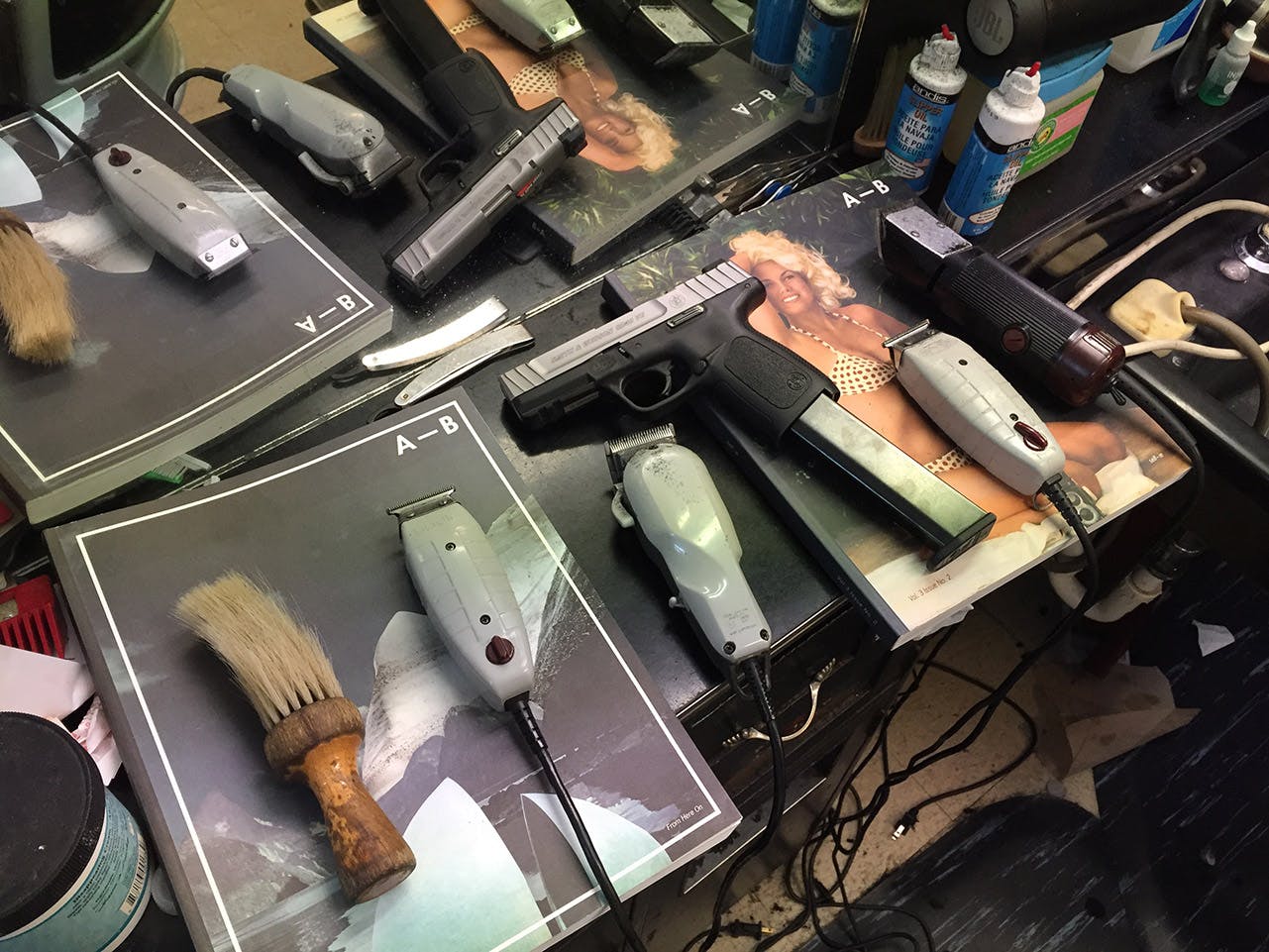
Why are you based in Georgia?
Taylor Curry and I (co-founders) met in Savannah during our time in school (Savannah College of Art and Design). We decided to stay here after school and take jobs working for the university, and we continue to run the magazine out of Savannah because we love the American South. Also New York sucks! We love the South!
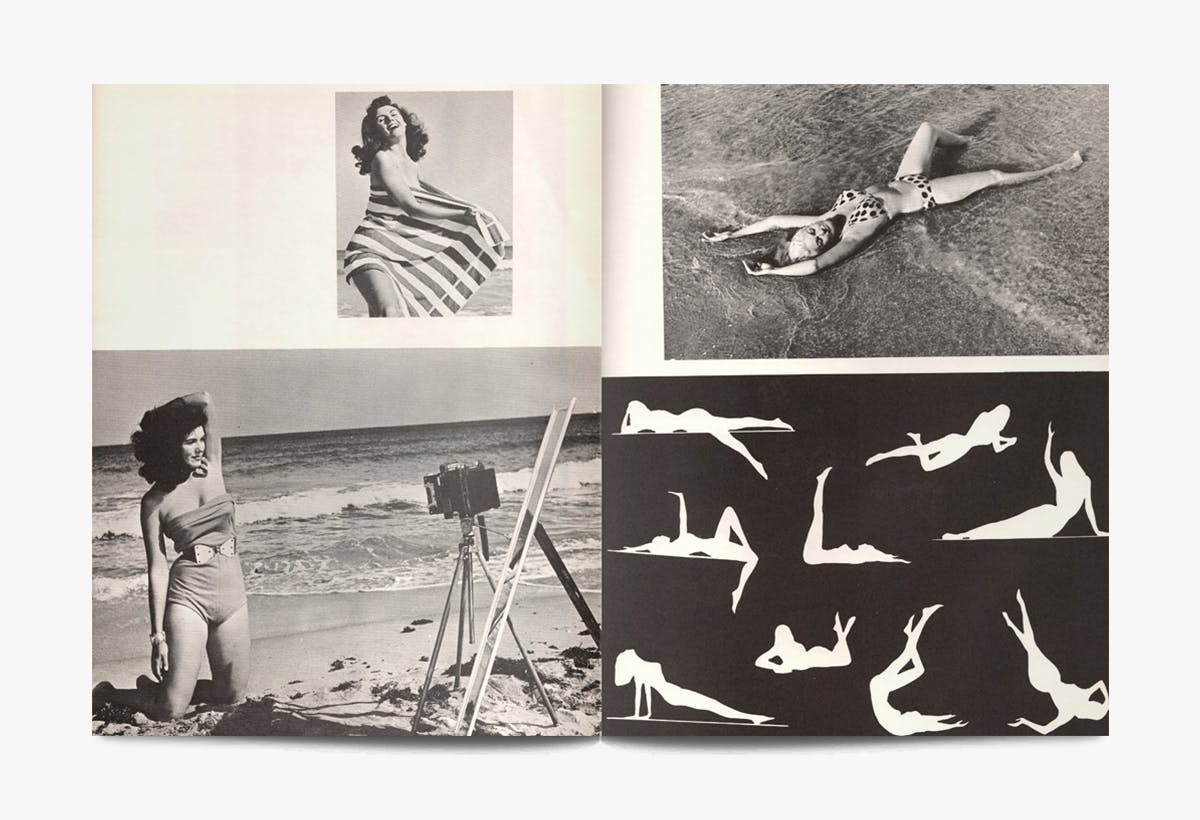
What’s the magazine scene like in Savannah?
There is not a huge magazine / independent publishing scene in Savannah, which is a good thing and a bad thing. We don’t have any competition, but the market in this city isn’t the best for independent publications. It’s growing slowly, though.
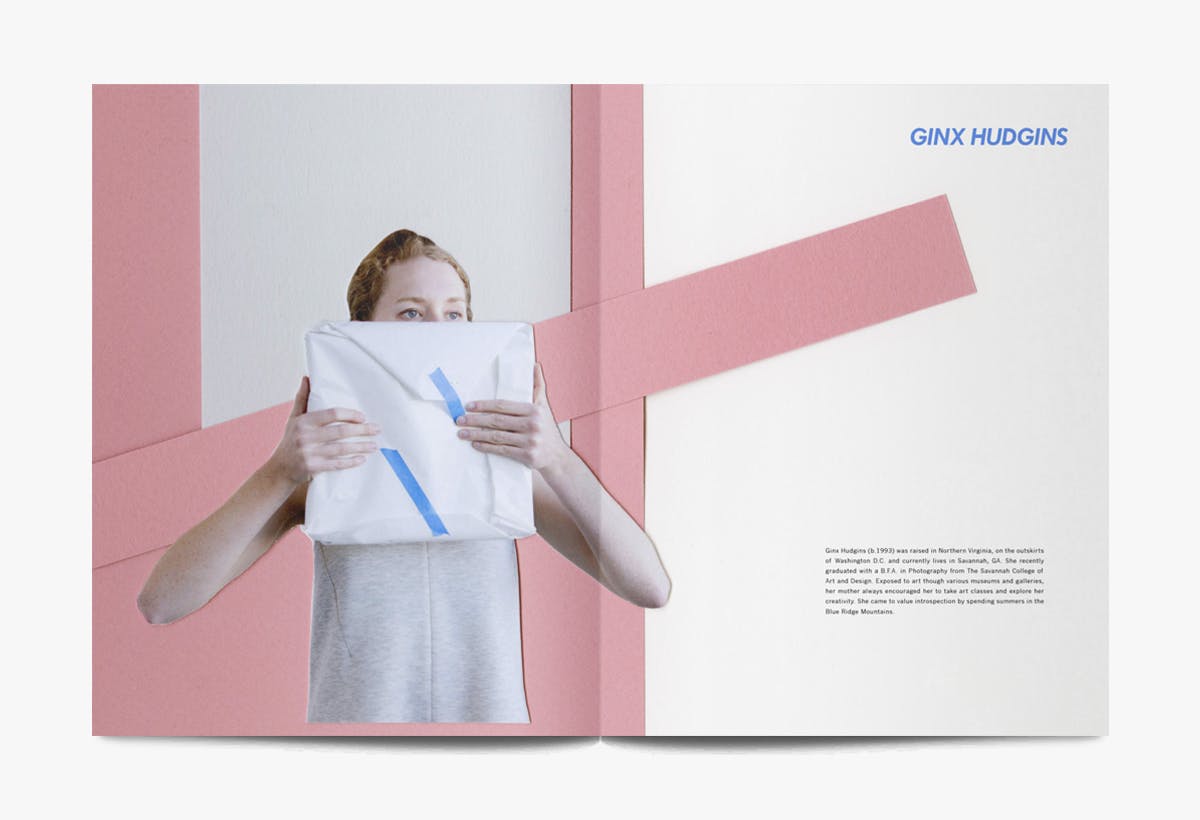
What are some pros and cons of running a magazine from Savannah?
Cons are that there isn’t a huge market in the South for independent publishing. We have to work harder to get the attention of our readers and audience because they are based in other parts of the country, mainly bigger cities. We often have to travel to larger cities for book fairs and conferences in order to promote the company.
Carson Sanders, editor

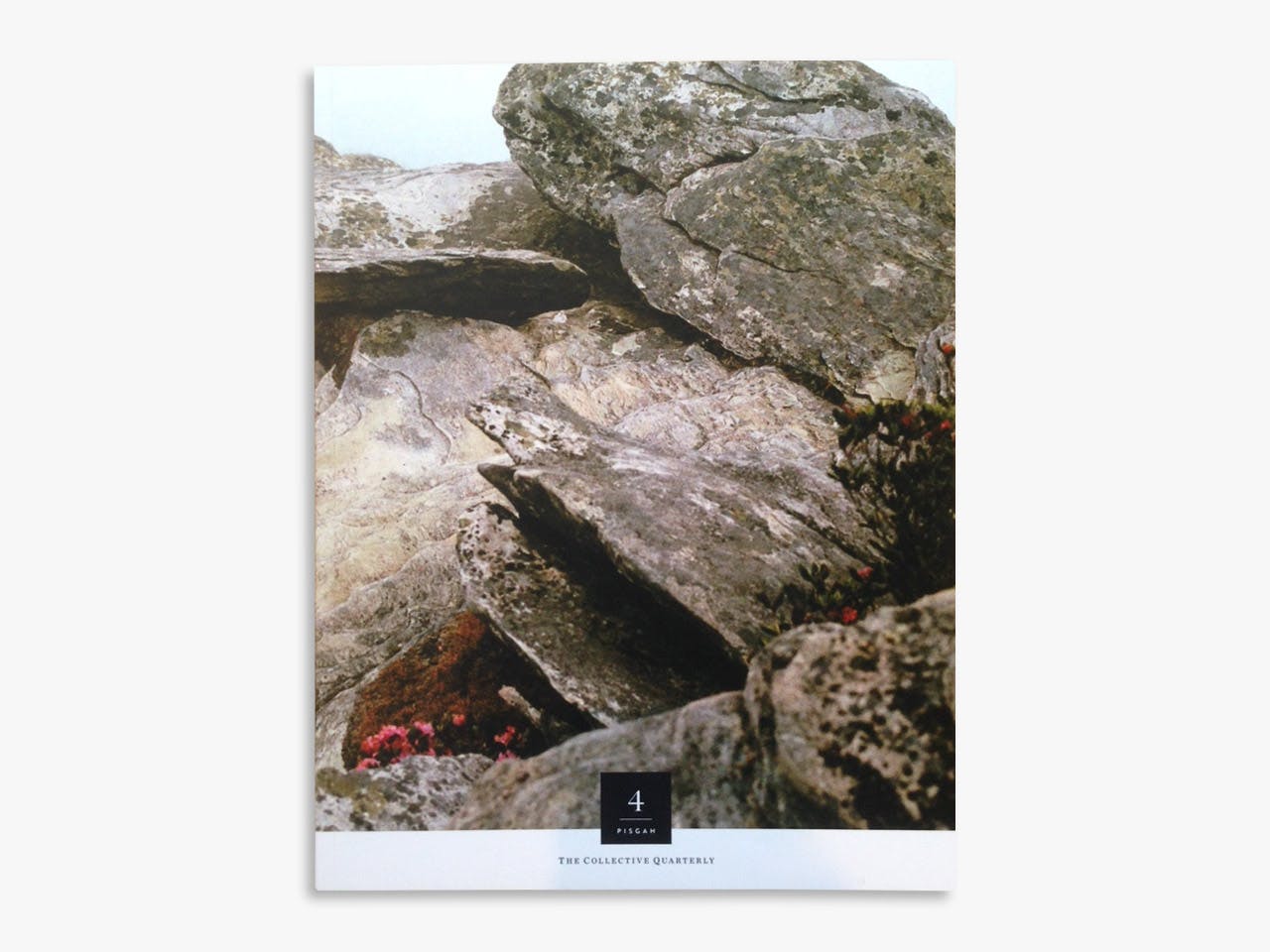
Collective Quarterly (Chicago, and everywhere)
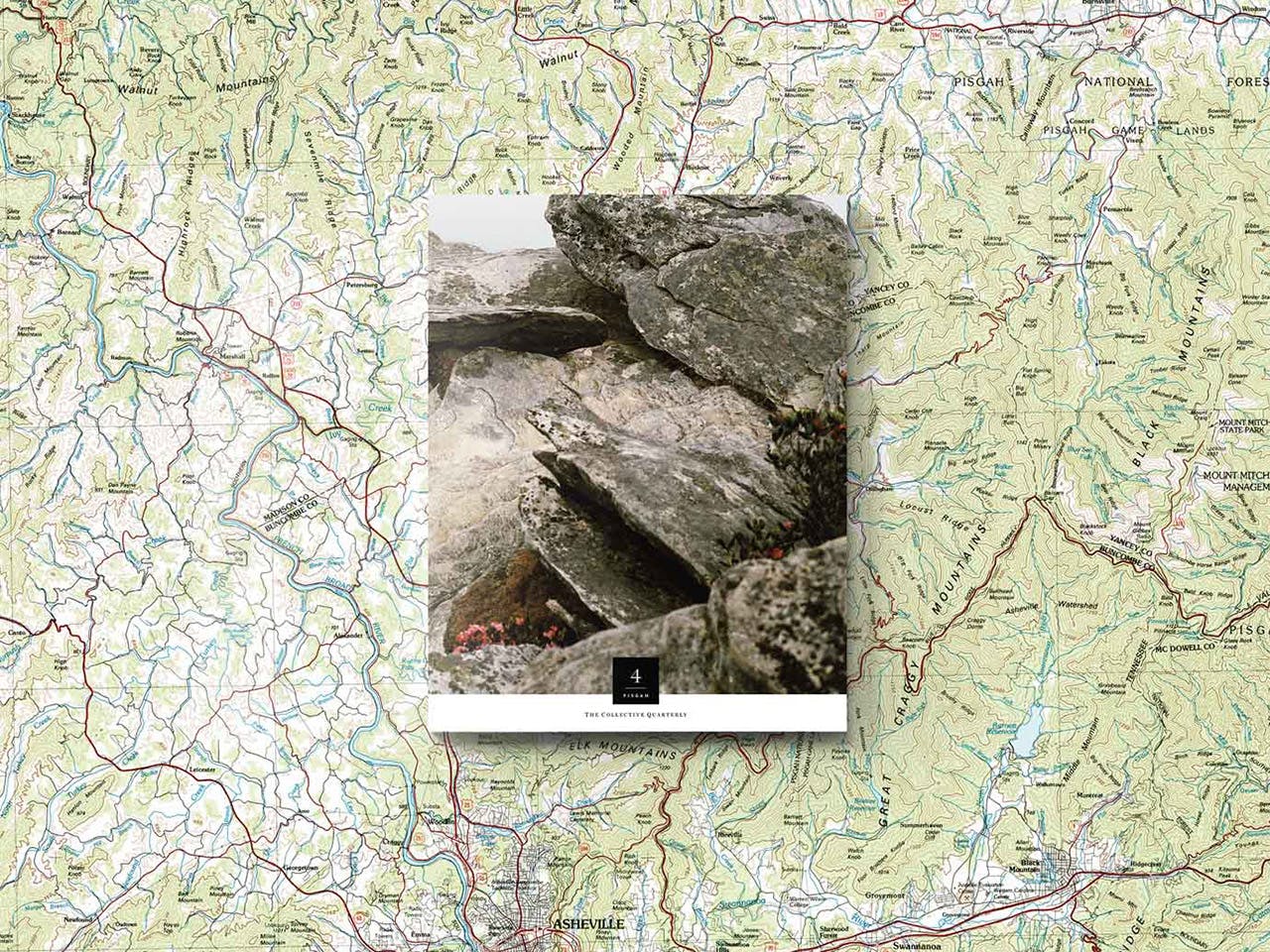
Where is Collective Quarterly based?
Everywhere and nowhere! Nearly everyone on our team is in a different city: Chicago, Portland, San Francisco, Philadelphia, New York, Ohio, West Virginia.
Why are you based in different cities?
Working remotely has allowed us to focus more deeply on our mission of chronicling out-of-the-way places. We get a lot of inspiration and joy out of meeting up with each other and immersing ourselves in our destinations – plus it allows us to cast a wide net across the country as we continue the unending search for new regions to visit. But if we had to pick one place to be our home city we’d use Chicago as an anchor since it’s the capital of the Midwest and home to half our management.

What’s the magazine scene like in Chicago?
It’s a completely different vibe than New York, which is more of a global city than an American one, and of course, the de facto home of the publishing industry – with all of the furore that entails. There are a handful of indie mags based in Chicago, and the community dynamic is one of collaboration rather than rivalry. Overall, it simply is a place where people feel the liberty to freely pursue their curiosity in subjects that you could make a magazine about.

What are some pros and cons of running a magazine from Chicago?
Pros: A central hub that allows you to get anywhere in the country with minimal stress. And, of course, an affordable standard of living. The culture here is geared toward friendship and helping each other succeed, which fits into our ‘Collective’ approach.
Cons: Restricted access to the best connections in the advertising world. They tend to be in LA or NYC, and to keep up those relationships it’s best to organise several trips per year to create inroads.
Jesse Lenz, creative director
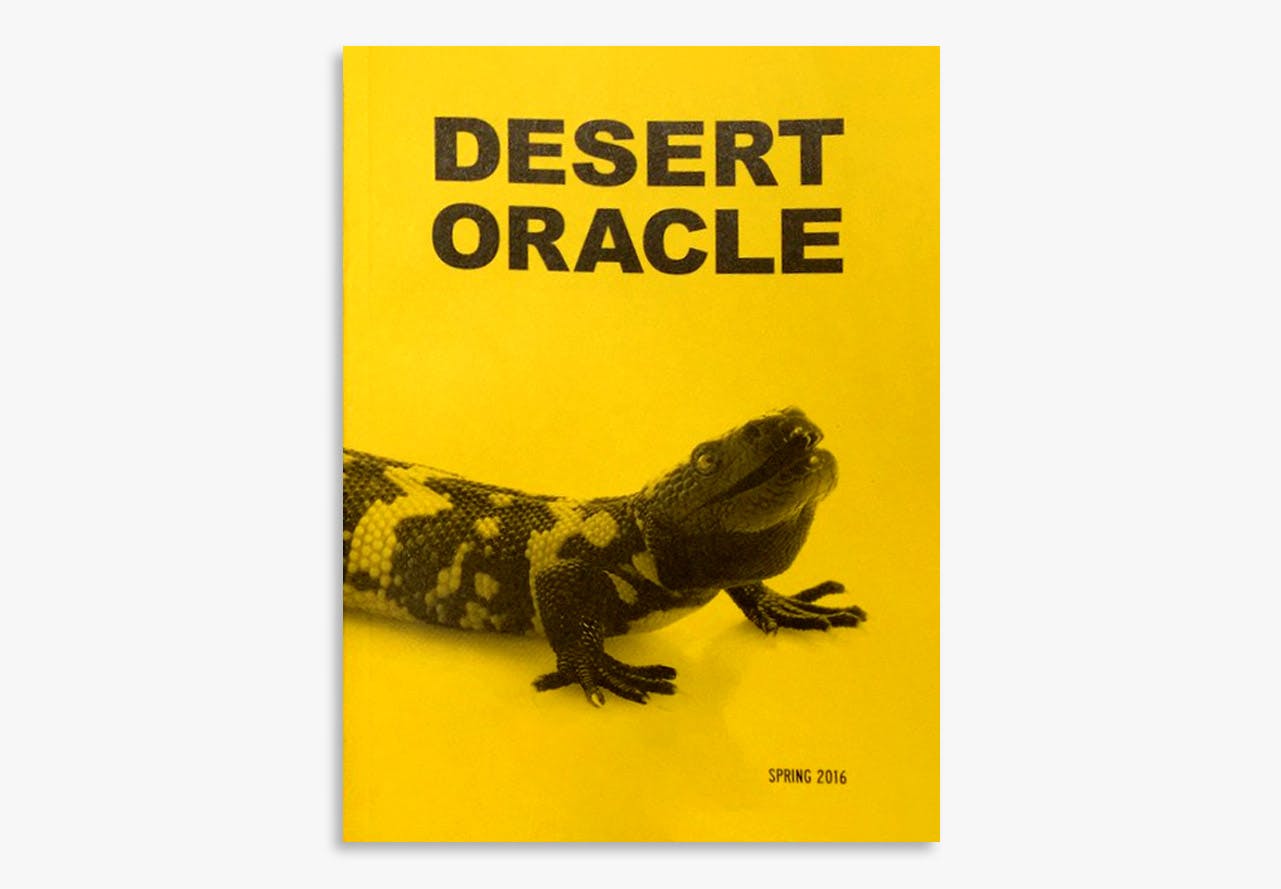
Desert Oracle (Joshua Tree)
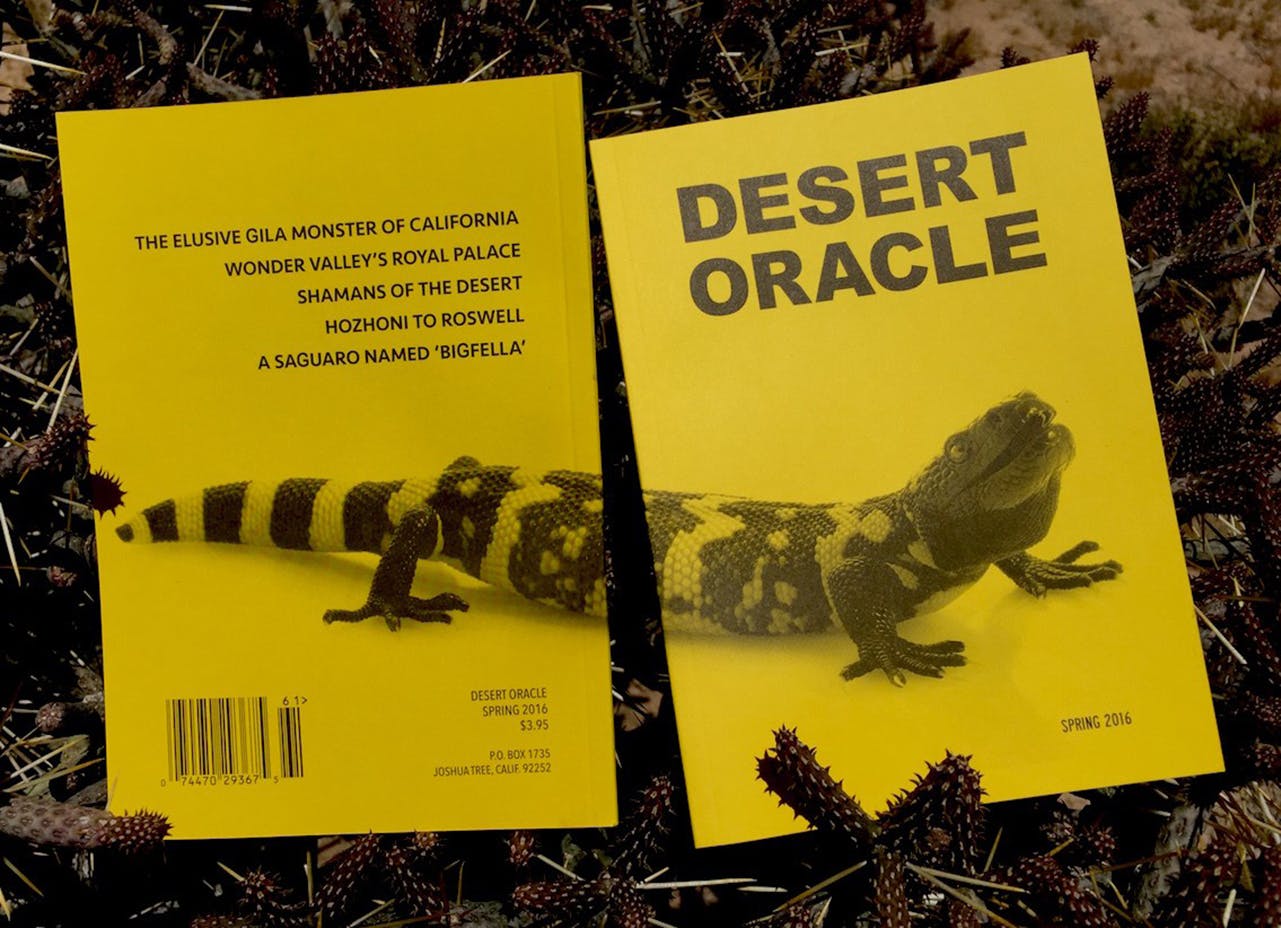
Where is Desert Oracle based?
Desert Oracle headquarters is located on a lonesome desert highway in beautiful Joshua Tree, California.
Why are you based in Joshua Tree?
The whole of the American Desert is covered in the Oracle, from Marfa, Texas to Moab, Utah and across five states in all, but Joshua Tree is the ideal little desert town full of interesting local architecture and fantastic landscapes, so that’s home base.

What’s the general magazine scene like in the desert?
Until we started publishing a year and a half ago, there hadn’t been a magazine about the American Desert since beloved old titles such as the Desert Rat Scrap Book, which gave up the ghost in the 60s, and a glossy monthly called Desert Magazine that lasted until the early 80s.
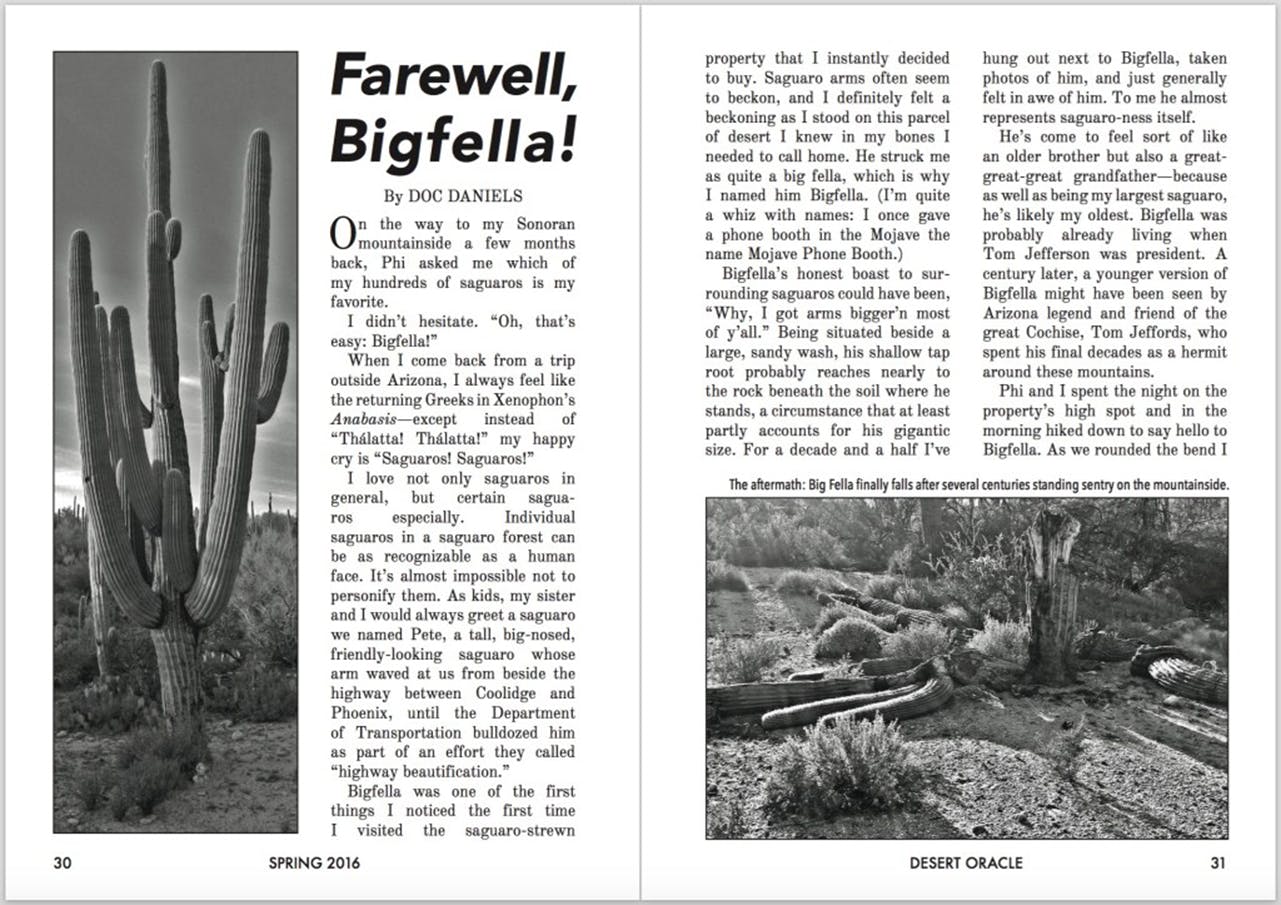
What are some pros and cons of running a magazine from Joshua Tree?
Since we got semi-decent Internet service up here in the sparsely-populated High Desert not quite a decade ago, all things are possible. And we’ve just switched printing and fulfilment to RR Donnelly’s boutique magazine facility in Southern California, which took some time to arrange but I prefer to have the whole operation within about a three-hour drive of the Joshua Tree office.
Ken Layne, editor

Zoetrope: All-Story (San Francisco)

The flatiron building on the right, with the red awning, is our office. Francis Coppola bought the building in the 70s while shooting The Conversation, and it’s been home to his film studio, American Zoetrope, ever since.
Why are you based in San Francisco?
The magazine was founded in New York City in the late 90s, yet when it won its first National Magazine Award in 2001, our publisher and founding editor, Francis Ford Coppola, moved the offices to his home city so that he might participate more directly in its operations.
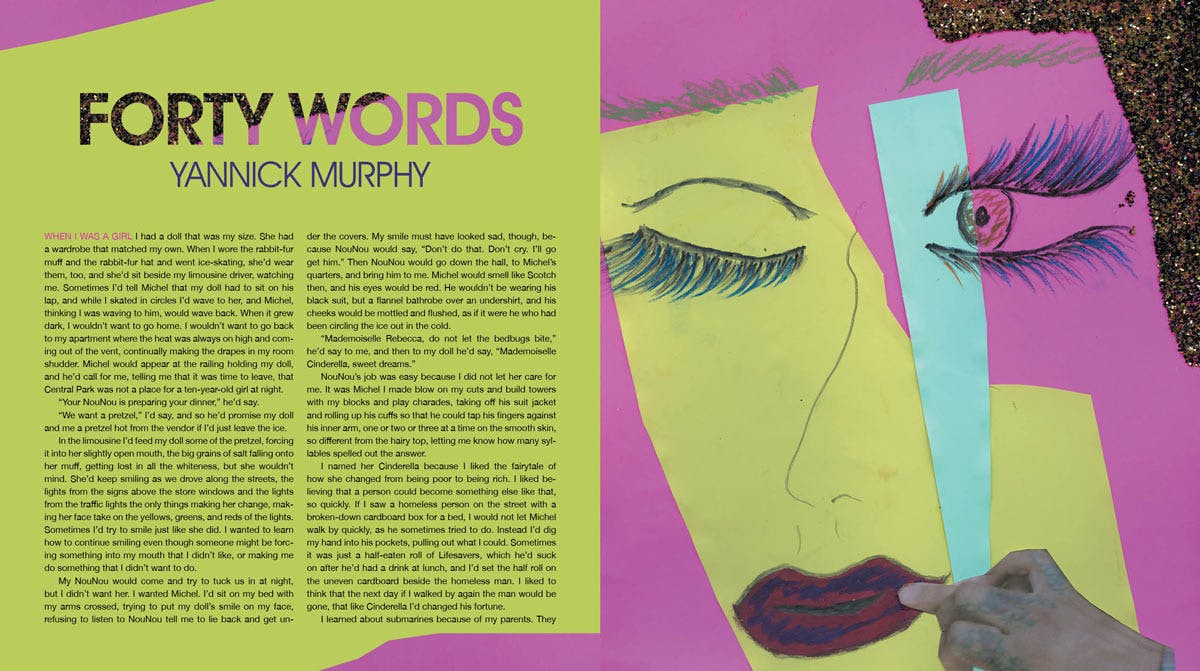
What’s the general magazine scene like in San Francisco?
While the big, corporate publications have been rare here, until recent years the independent magazine community was thriving, as the Bay Area has long possessed great spirits of both entrepreneurism and counterculturalism. Yet the exponentially increasing financial assault of a speciously successful tech industry, propelling a cost of living entirely unmoored from reason, has pushed the creative class out of San Francisco and into Oakland, and now out of Oakland and into parts unknown.
Still, the indie art crowd is a scrappy sort, and thus new titles do coalesce and produce compelling work, yet without some foundational support they can’t last long enough to gain traction, and even as they burn brightly, their half-lives are short.
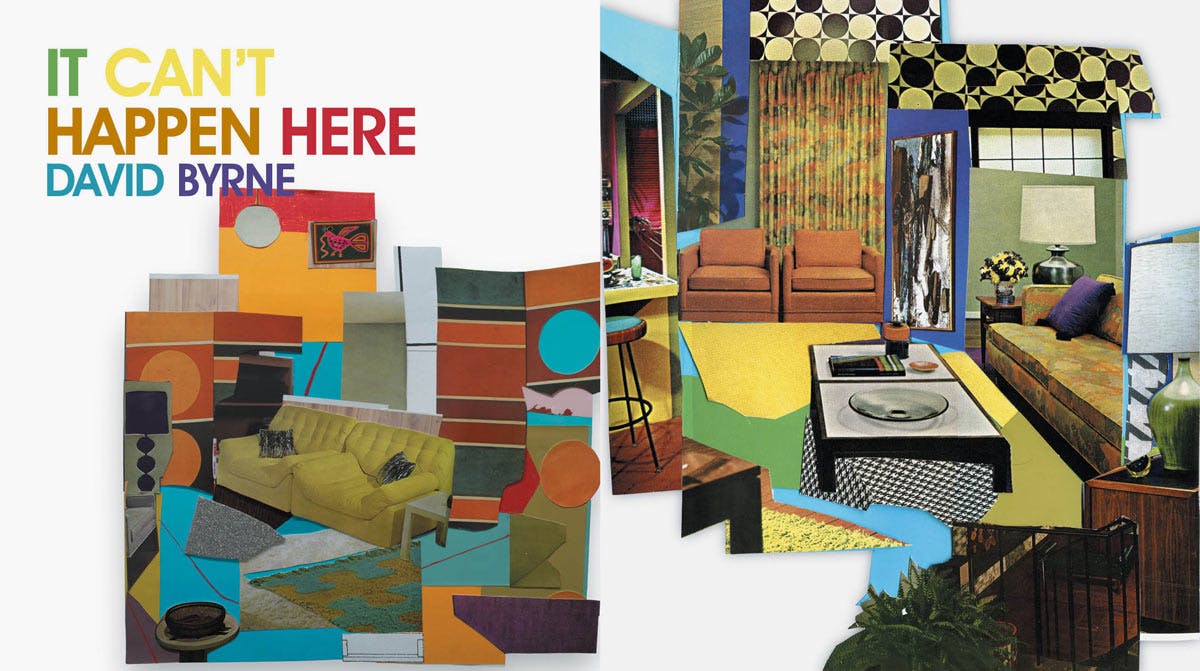
What are some pros and cons of running a magazine from San Francisco?
The principal con of astronomically expensive rents and equally expensive everything else is addressed above, yet there are unique pros, too: The Bay Area is a magnet for big hopes and big ideas and young people who can pile 15 friends into a two-bedroom apartment and run with those hopes and ideas until the money runs out.
Additionally, as this isn’t New York or Los Angeles, and is therefore outside the central engines of the mainstream art economies, most creative people come here not for careerist but personal ambitions, which means we’re relatively unburdened of the commercial myopia of those other towns; and the perpetual turnover of players leads to abounding opportunities for novel forms of collaboration and cooperation. I find upside even in the absurd costs, which preclude complacency and compel folks to make the most of their time here.
Michael Ray, editor

Boat magazine (Los Angeles)
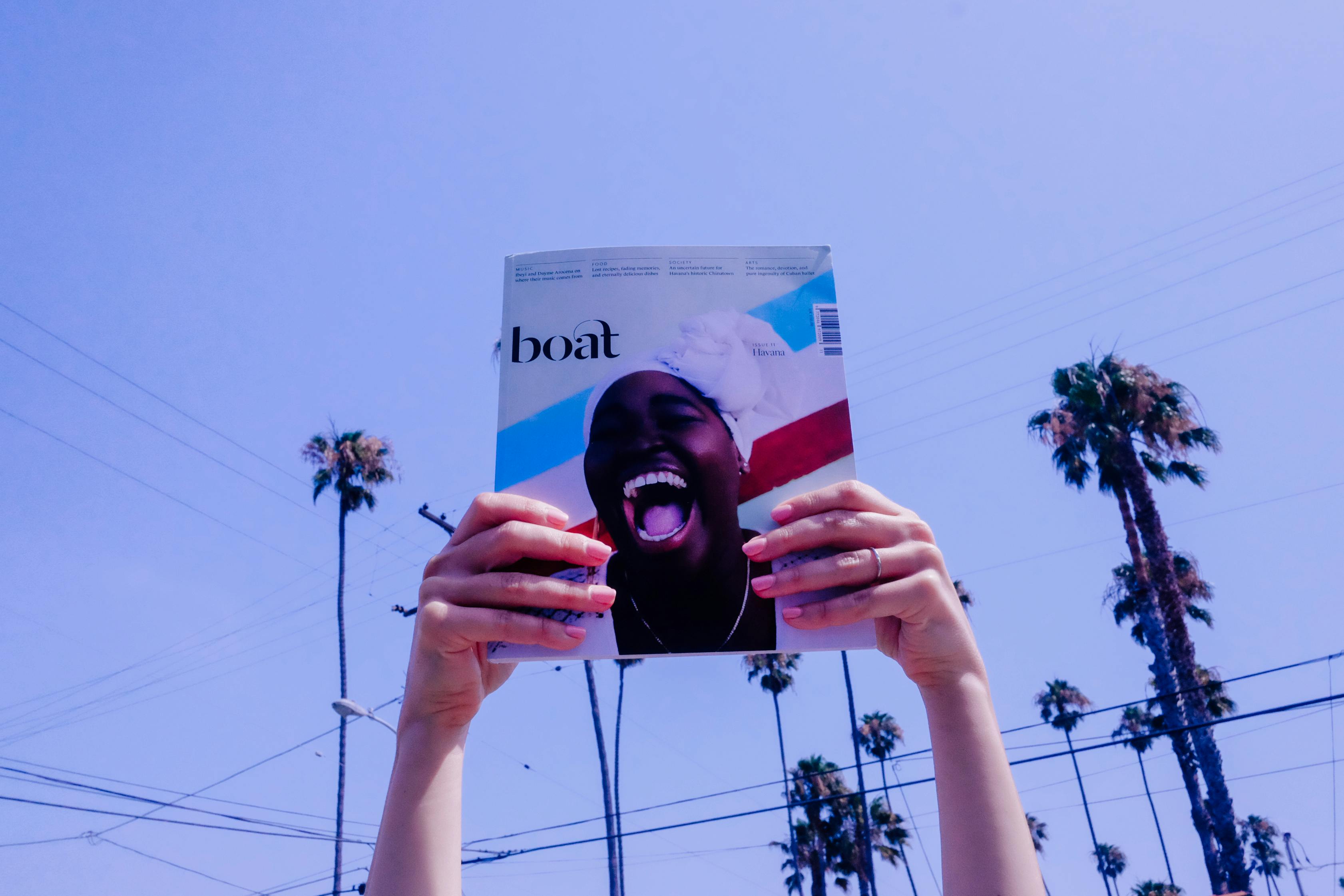
Where is Boat based?
I think you can say Boat is based in Los Angeles because I’m based in Los Angeles and I do the research, planning, and editing from here. But technically the magazine is nomadic. We move to a new city for each issue and work from there, together with locals, to produce that issue. The design is done in London by She Was Only, it’s printed in London by Park Communications, and then distributed around the world.
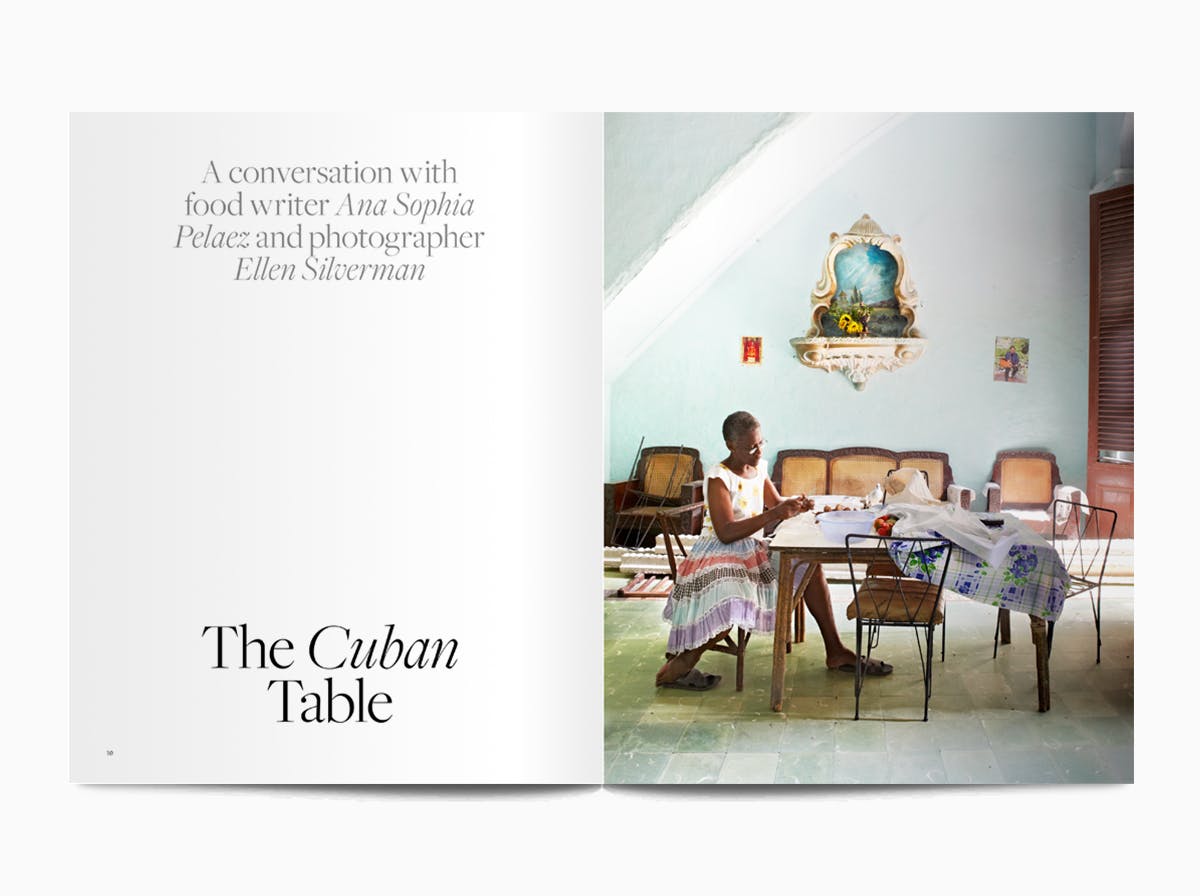
Why are you based in LA?
I think Los Angeles is really exciting right now – creatively there’s a lot happening and it’s very diverse. Granted, it’s an easy place to never do anything except swim and surf and drink smoothies, but the creative community here is really motivated and doing super interesting stuff.
What’s the general magazine scene like in LA?
The magazine community is growing here but Los Angeles isn’t known to be a publishing hub (haha!) so it can feel like pushing water up a hill sometimes.
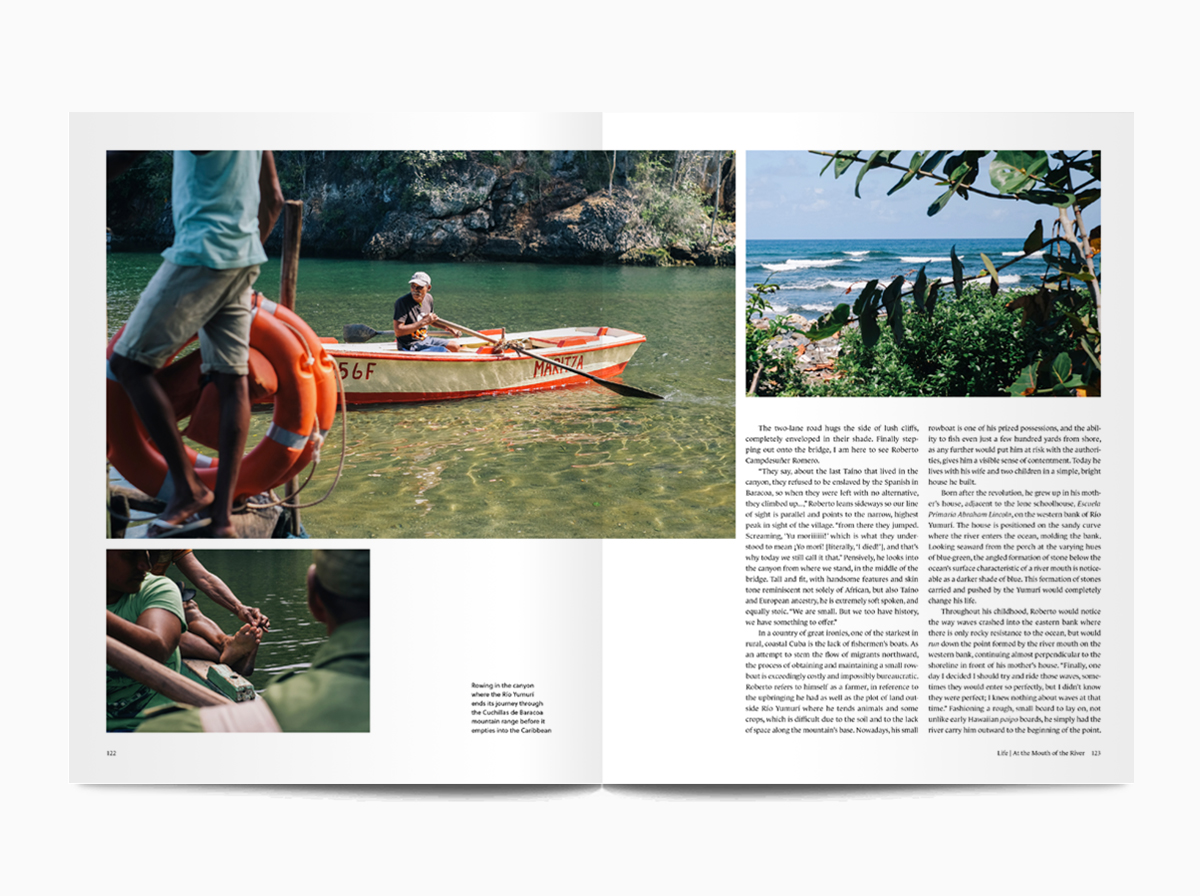
What are some pros and cons of running a magazine from LA?
Los Angeles is massive – it’s more of a collection of lots of cities all smashed together with awful traffic in between – so it’s not the easiest place to get around. Meeting up and maintaining a magazine community isn’t as easy as it was in London, where we started Boat. But there is so much talent here that it’s never hard to find an artist, or a writer, or a photographer for whatever job you’re working on. And generally there’s a really great creative spirit in LA right now, and that’s really motivating.
Erin Spens, editor
–
Enjoy the most beautiful magazines from the US and beyond – sign up to Stack and we’ll deliver a different independent magazine to your door every month







